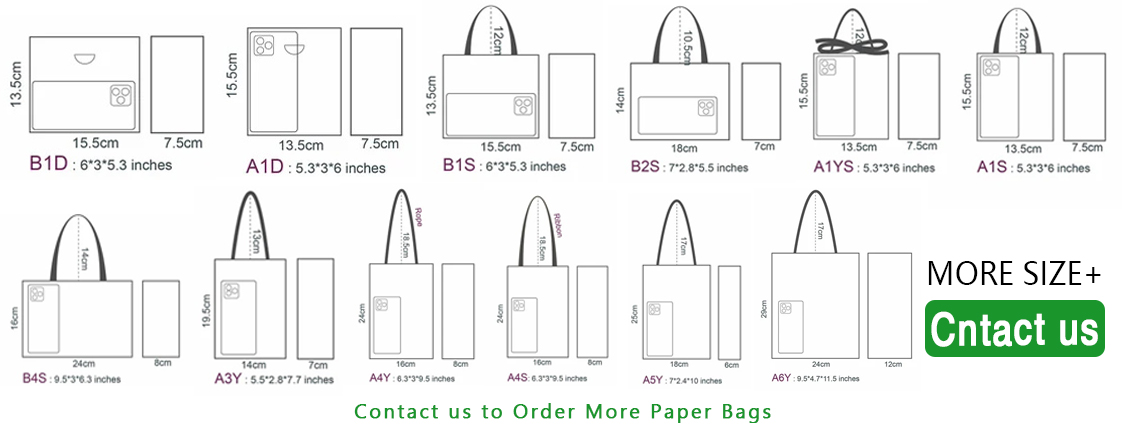
What are the factors affecting the price of paper bags?
2024-11-29 14:16Factors affecting the price of paper bags
As a widely used packaging material, the price of paper bags is affected by many factors. Understanding these factors not only helps companies make wise decisions when purchasing, but also helps consumers understand the reasons behind the price. The following will explore in detail the main factors that affect the price of paper bags and illustrate them through real cases.
1. Raw material cost
The main raw materials of p aper bags are paper and glue. The type, quality and source of paper directly affect the cost of paper bags. High-quality paper is usually more expensive, while low-quality paper may be more competitive in price. In addition, the use of environmentally friendly materials will also increase costs.
Case: Use of recycled paper
For example, some brands choose to use recycled paper to make paper bags to meet environmental protection requirements. The production cost of this kind of paper is usually higher than that of ordinary paper, so the price of the final product will also increase accordingly. Despite this, many brands are still willing to bear this cost to enhance their environmental image.
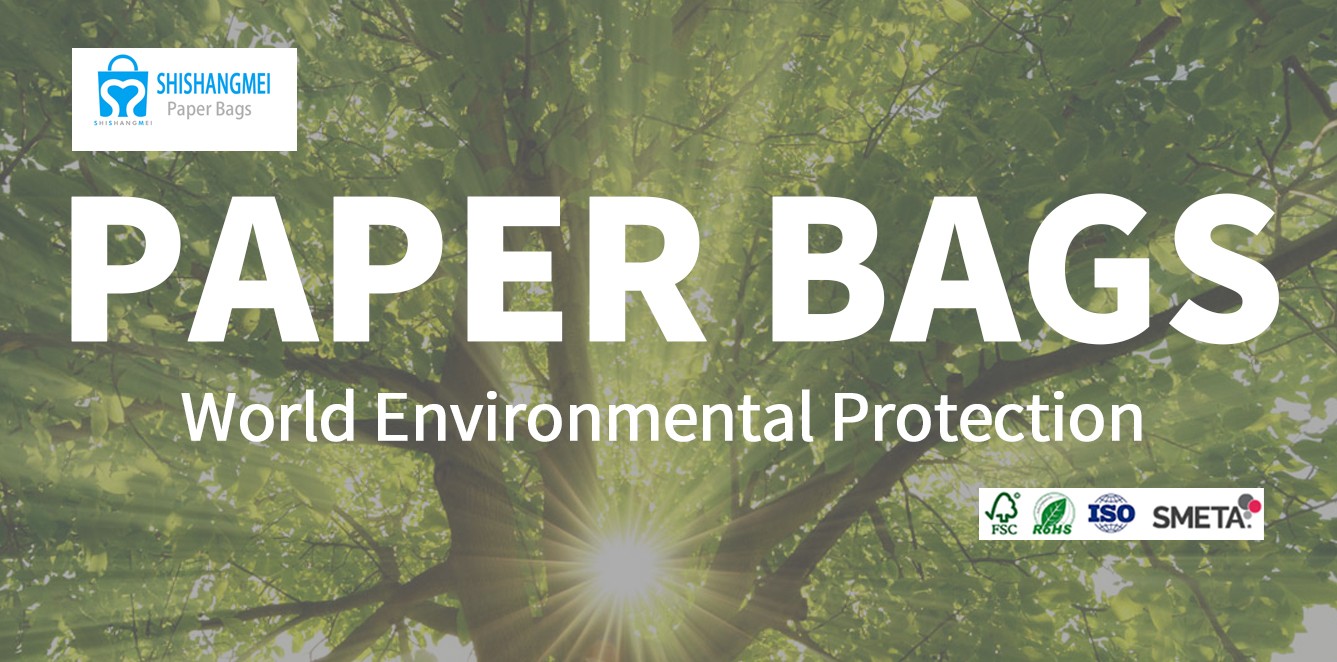
2. Production process
The complexity of the production process of paper bags will also affect their price. Simple paper bag production processes are relatively cheap, while complex processes such as printing, coating and special designs will increase production costs.
Case: Custom printed paper bags
For example, a fashion brand, in order to enhance the market competitiveness of its products, chose to customize printed paper bags, using high-quality environmentally friendly inks and complex designs. This customized production process significantly increased the cost of paper bags, ultimately leading to an increase in retail prices.

3. Order quantity
The quantity and size of an order have a significant impact on the unit price of paper bags. Larger orders typically enjoy lower unit prices because manufacturers are able to reduce unit costs through economies of scale.
Case Study: Advantages of Bulk Purchasing
For example, when a large supermarket purchases paper bags, it chooses to order 100,000 bags at a time. This large-scale purchase enables the supermarket to negotiate with suppliers and obtain more favorable prices. If a small merchant only orders 5,000 bags, it may face a higher unit price.
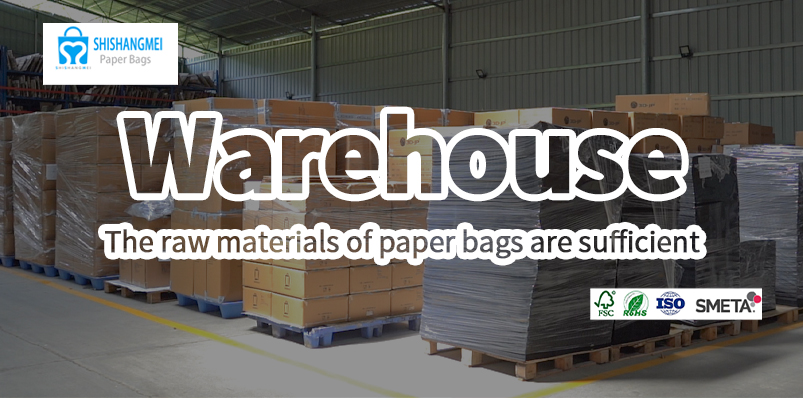
4. Transportation and logistics costs
The transportation and logistics costs of paper bags are also important factors affecting their prices. The transportation distance, transportation method and fluctuations in fuel prices will all have an impact on the final price.
Case Study: Challenges of International Transportation
For example, a paper bag manufacturer located in China exports paper bags to the United States. Due to the high cost of international transportation and unstable fuel prices, the price of the paper bags that eventually reach the consumer may increase significantly. This is especially true when global supply chains are strained.
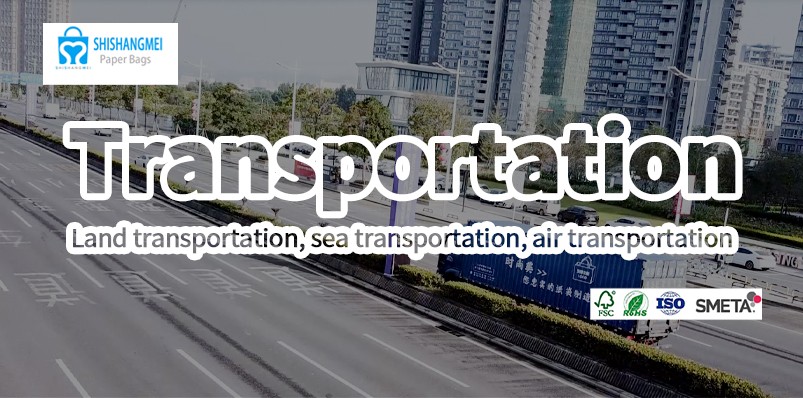
5. Market Demand
Changes in market demand directly affect the price of paper bags. Against the backdrop of increasing environmental awareness, consumer demand for paper bags continues to rise, leading to price increases.
Case: Demand surge during the epidemic
For example, during the COVID-19 outbreak, many catering businesses switched to take-out services, resulting in a surge in demand for paper bags. Due to the rapid increase in demand, many manufacturers were unable to meet market demand in a timely manner, resulting in an increase in paper bag prices.

6.Competitive Environment
The degree of competition in the market will also affect the price of paper bags. In a highly competitive market, manufacturers may lower prices to attract customers, while in a market with less competition, prices may be relatively high.
Case Study: Challenges of Small Business
For example, in some regions, small paper bag producers face fierce competition from large companies. In order to maintain market share, small companies may have to lower their prices, leading to a decrease in overall market prices.
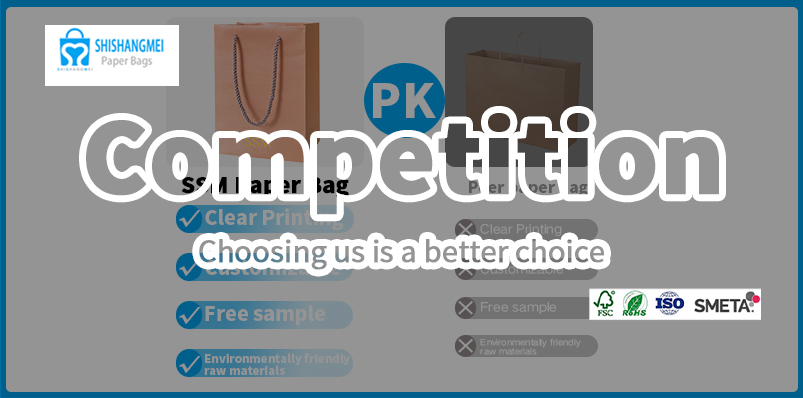
7.Policies and Regulations
Government policies and regulations can also affect the price of paper bags. For example, restrictions on plastic bags and support policies for paper bags in some countries and regions may cause fluctuations in paper bag prices.
Case: EU environmental policy
For example, the EU’s plastic ban policy has prompted many companies to switch to paper bags, resulting in an increase in demand for paper bags and a subsequent increase in prices. At the same time, the government’s subsidy policy for environmentally friendly materials may also reduce production costs, thereby affecting prices.

In conclusion
The price of paper bags is affected by many factors, including raw material costs, production processes, order quantity, transportation and logistics costs, market demand, competitive environment, and policies and regulations. Understanding these factors can help companies make more informed decisions when purchasing, and it can also help consumers understand the reasons behind the prices.
During this process, I deeply felt that paper bags are not just a packaging tool, but also a part of a complex economic system. Each link may affect the final price, and consumers should also consider these factors when choosing paper bags. By choosing environmentally friendly and sustainable paper bags, we are not only paying for our own shopping experience, but also contributing to protecting the earth.
